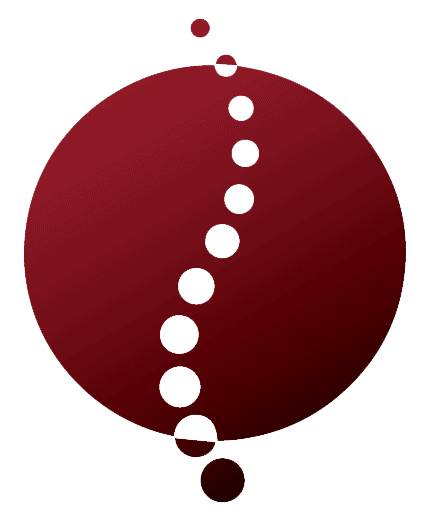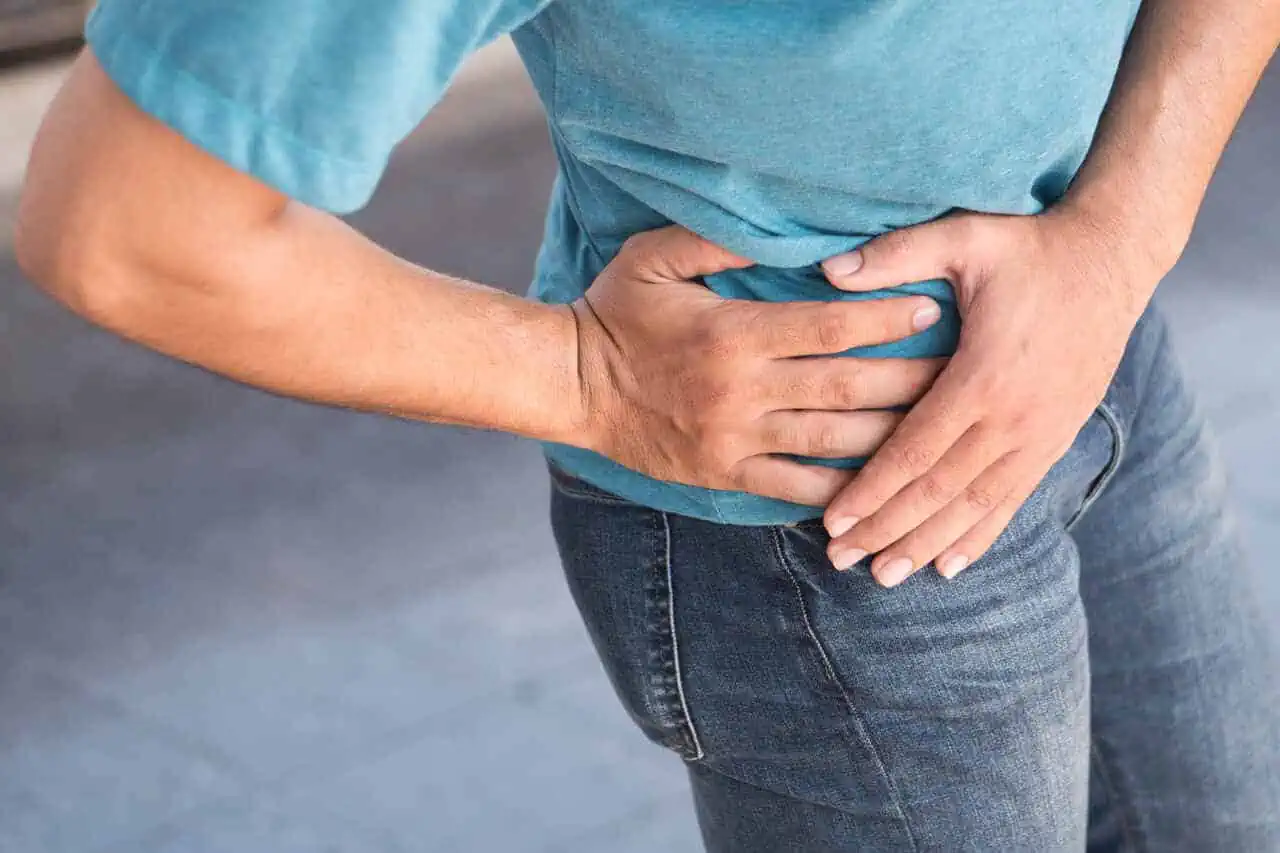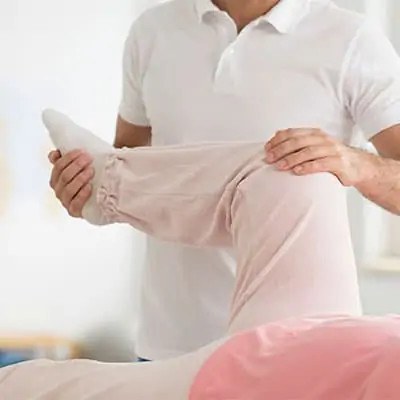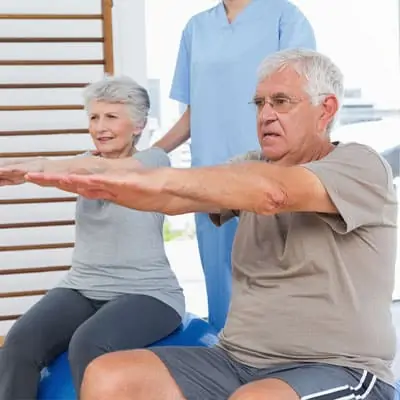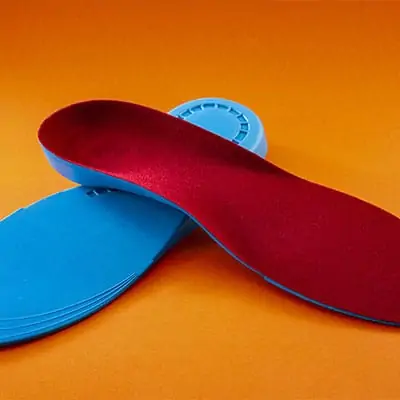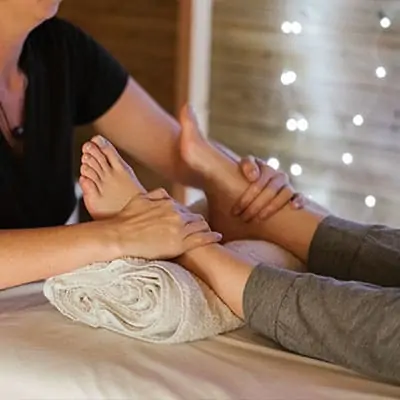Greater Trochanteric Pain Syndrome (GTPS), commonly known as lateral hip pain or trochanteric bursitis, is a condition characterized by pain and swelling in the bony area of the hip, known as the greater trochanter. This comprehensive guide aims to provide you with a thorough understanding of GTPS, its causes, symptoms, and the effective physiotherapy treatments available at Cambridge Physiotherapy & Rehab Center.
What is Trochanteric Bursitis and Why Does it Occur?
A bursa is a fluid-filled sac that acts as a cushion, reducing friction between bone and tissue. When the bursa becomes inflamed—a condition known as bursitis—it results in localized pain and swelling. The greater trochanter is a prominent part of the femur bone located at the top of the hip, serving as the attachment point for several muscles that facilitate hip movement.
GTPS typically results from excessive friction due to prolonged standing, walking, or running. Other contributing factors include compression of tendons from prolonged sitting, poor pelvic control, and weak hip abductors. Women are three to five times more likely to develop GTPS due to their wider pelvis structure. For athletes, additional risk factors include running on uneven surfaces, wearing poorly balanced shoes, training errors, and tightness in the iliotibial band.
Identifying the Signs and Symptoms of GTPS
GTPS manifests as pain and discomfort in the side of the hip, often worsening after prolonged periods of walking or standing. The pain may extend from the hip down the outside of the thigh to the knee. Common triggers include crossing the legs, lying on the affected side, hip rotation, climbing stairs, and engaging in activities such as dancing or jogging.
In some cases, symptoms may include signs of inflammation such as redness, warmth, and visible swelling at the hip. Pain might also occur when lying on the unaffected side due to the hip dropping down, further aggravating the affected side.
How Cambridge Physiotherapy & Rehab Center Can Help
At Cambridge Physiotherapy & Rehab Center, our experienced team is dedicated to providing personalized and effective physiotherapy treatments for individuals suffering from GTPS. Our approach includes a thorough assessment to identify the specific causes and contributing factors of your condition, followed by a tailored treatment plan designed to alleviate pain, reduce inflammation, and improve mobility.
Our treatments may incorporate a combination of manual therapy, exercise programs, education, and pain management strategies. Our goal is to not only provide immediate relief but also to equip you with the knowledge and tools necessary to prevent future occurrences and maintain optimal hip health.
Avoid Heat and Embrace Cooling Techniques
In cases of acute pain, it is crucial to avoid applying heat to the affected area. Instead, opt for ice packs to cool down the area and reduce inflammation. Additionally, minimizing activities that exacerbate the pain and avoiding sleeping on the affected side can contribute to faster relief.
Stretching and Strengthening Exercises
At Cambridge Physio, we emphasize the importance of a structured exercise program, starting with stretches for the piriformis and iliotibial band. These exercises play a pivotal role in alleviating tension and promoting flexibility. As the pain subsides and inflammation decreases, we gradually introduce strengthening exercises such as straight leg raises, wall squats, and pelvic bridging.
Our physiotherapy regimen also includes targeted exercises like the side plank with hip lateral raise, the single-leg squat, and the clamshell, all of which are instrumental in building strength and stability in the hip and leg muscles.



Cutting-Edge Techniques for Enhanced Recovery
Cambridge Physiotherapy is well-equipped with advanced pain relief modalities, including dry needling, ultrasound, Interferential Current (IFC) therapy, laser therapy, as well as heat and cool packs. These techniques are expertly administered to decrease inflammation in the greater trochanter area, providing rapid and effective relief.
A Tailored Approach to Exercise and Rehabilitation
Our unique three-stage exercise program is meticulously designed to address GTPS in a phased manner, ensuring a gradual yet steady progression towards recovery. In addition, we offer comprehensive gait analysis and leg discrepancy assessments to enhance your quality of life and restore optimal functionality.
Preventing Recurrence Through Strength and Resilience
Our ultimate goal is to not just provide immediate relief but to empower you with the strength and resilience needed to prevent future occurrences. The tailored exercises and rehabilitation programs at Cambridge Physio are aimed at fortifying your hips and legs, ensuring you remain strong and resilient against GTPS.
Discover the path to a pain-free life and enhanced mobility with Cambridge Physiotherapy & Rehab Center. Contact us today to schedule your appointment and take the first step towards lasting relief and recovery.
In Conclusion: Take the First Step Towards Relief
If you are experiencing persistent hip pain and suspect you may have Trochanteric Bursitis, don’t wait. Contact Cambridge Physiotherapy & Rehab Center today to schedule an appointment with one of our skilled physiotherapists. Together, we will work towards achieving pain-free movement and enhancing your overall quality of life.
Embark on your journey to recovery and rediscover the joy of pain-free movement with Cambridge Physiotherapy & Rehab Center—your trusted partner in physiotherapy and rehabilitation.
References
- Trochanteric Bursitis. (2022, December 15). Physiopedia, . Retrieved 20:51, September 7, 2023. http:///index.php?title=Trochanteric_Bursitis&oldid=323264.
- Lin, C., & Fredericson, M. (n.d.). Greater trochanteric pain syndrome: An update on diagnosis and management. https://www.researchgate.net/publication/272409750_Greater_Trochanteric_Pain_Syndrome_An_Update_on_Diagnosis_and_Management
- Reid, D. (2016, January 22). The management of Greater Trochanteric pain syndrome: A systematic literature review. Journal of orthopaedics. https://www.ncbi.nlm.nih.gov/pmc/articles/PMC4761624/
